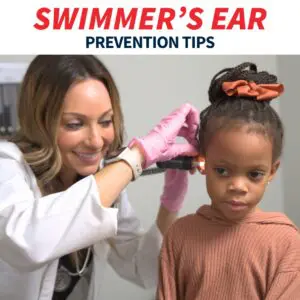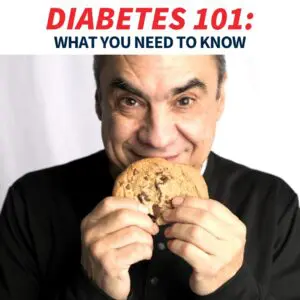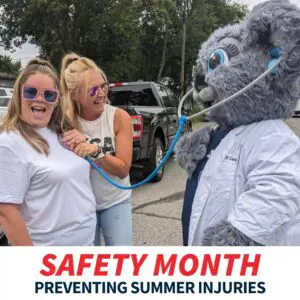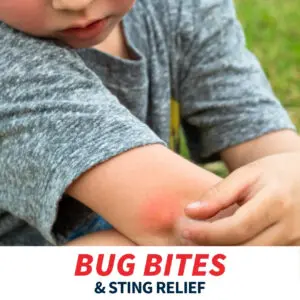4 Common Myths about Breast Cancer
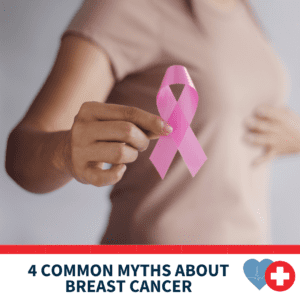 The start of October means it’s officially Breast Cancer Awareness Month, a global effort to encourage people around the world to learn about the disease and prioritize their breast health. In honor of Breast Cancer Awareness Month, Midwest Express Clinic wants to officially bust these most common myths about breast cancer.
The start of October means it’s officially Breast Cancer Awareness Month, a global effort to encourage people around the world to learn about the disease and prioritize their breast health. In honor of Breast Cancer Awareness Month, Midwest Express Clinic wants to officially bust these most common myths about breast cancer.
Myth 1: Finding a lump in your breast means you have breast cancer
One of the prominent signs of breast cancer is a noticeable lump in the breast region. However, only a small percentage of breast lumps turn out to be cancer-related. Early detection is key to treating breast cancer, so if you notice a persistent lump or any new changes in your breast area, do not wait to get diagnosed by a physician.
Myth 2: Breast cancer only affects women
While it is commonly assumed that breast cancer affects females exclusively, it’s estimated that 2,190 men will be diagnosed with breast cancer each year. Although this number seems small relative to the 287,850 female cases of breast cancer diagnosed annually, men are encouraged to report any changes in their breast area to a physician.
Myth 3: Mammograms can cause breast cancer to spread
Mammograms are the most accurate method utilized by physicians to screen for breast cancer. However, some patients may worry that the radiation exposure from a mammogram could cause existing cancer to spread. Mammograms use very small doses of radiation, which means the risk of any harm from a mammogram procedure is considerably low.
Women over age 40 are recommended to get a mammogram annually, while some women who are at higher risk may be recommended a mammographic screening more than once a year if deemed necessary by a physician.
Myth 4: You will develop breast cancer if other family members have had it
It is not unreasonable for women who have had breast cancer in their family medical history to be cautious regarding their risk for developing the disease. But in most cases of breast cancer, the patient has no prior family history of the cancer. In fact, approximately 10% of individuals who are diagnosed with breast cancer have a family member who has been affected by it in the past.
The National Breast Cancer Foundation issues the following recommendations for those who have a family history of breast cancer.
- If you have a first-degree relative (mother, daughter or sister) who has been diagnosed with breast cancer below the age of 50, it’s recommended to get screened for breast cancer starting 10 years before the age of your first-degree relative’s diagnosis. (Example: Your mother was diagnosed at 47 years old, thus you should get screened starting at 37 years old.)
- If you have a second-degree relative (aunt or grandmother) who has been diagnosed with breast cancer, your risk is slightly higher but not in the same risk group as those with first-degree relatives who have had the disease.
- If you have multiple relatives on the same side of the family who have been diagnosed with breast cancer or several family members who have been diagnosed under the age of 50, then the likelihood increases of there being a breast cancer gene that’s contributing to the cause of breast cancer developing in your family.
Doctors recommend those with a family history of breast cancer get tested for breast cancer gene mutations such as BRCA1 or BRCA2.
For more information on Breast Cancer Awareness Month and how you can help support the cause, visit nationalbreastcancer.org.

